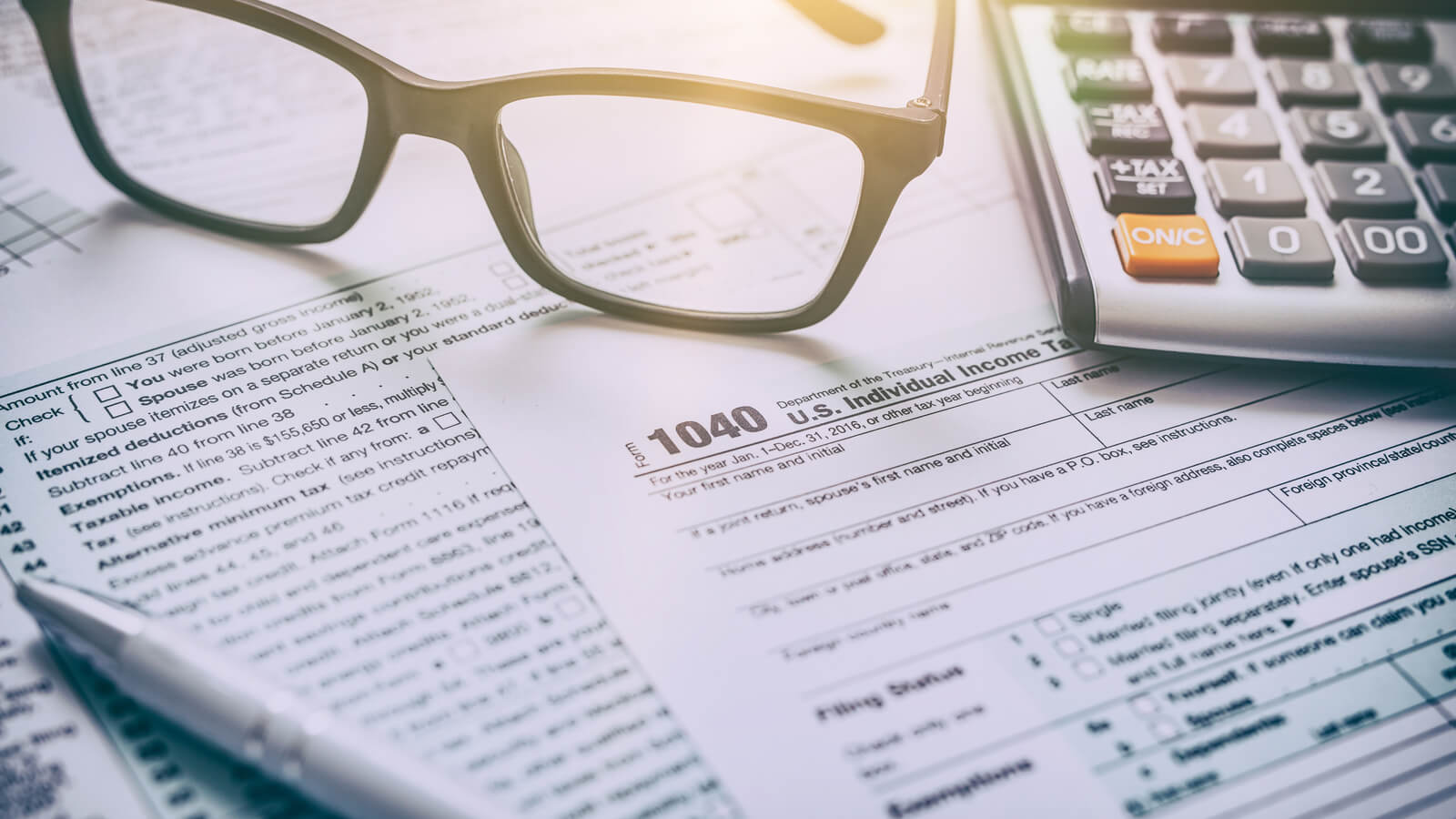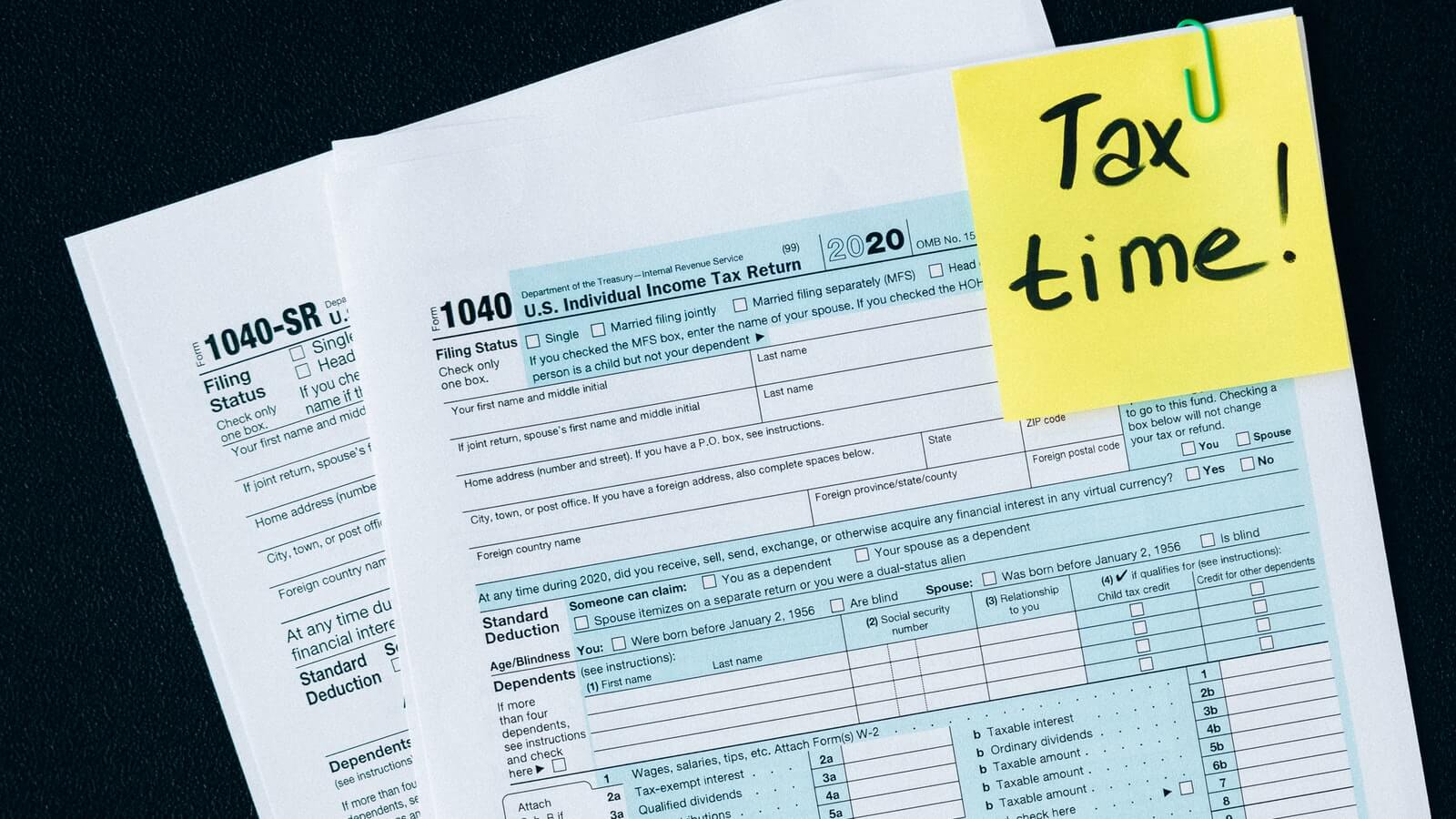It’s typically faster and easier to file your tax return digitally. But in these handful of instances, you might be better off the old-fashioned way.
E-filing is the best choice for the vast majority of people filing their tax return. It’s far easier and more convenient for both you and the IRS.
But what if your e-filed tax return gets rejected? Or if you have to amend your return? You can fix it by mailing a paper return. This happens to millions of Americans every year.
If you’re one of them, don’t worry. Mailing a physical copy of your return, also called paper filing, isn’t harder than e-filing — it’s just more time-consuming. Keep in mind that paper filed tax returns take longer to process than e-filed ones. That means it’s even more important to check all your information before mailing your return — if you make a mistake, you may have to do it all over again.
You might think you’ll never have to paper file a tax return, but the situations where you have to — or should — may be more common than you think. The most common reasons you might need to file a paper return are below.
Your return contains certain tax elections
For special tax elections, like an S corp election, you should paper file your return. If you mess up on the tax election via e-file, it could be harder to prove you filed it correctly than if you paper filed the tax return.
If you have a tax advisor, this is likely the way they’ll do it — even if they technically can e-file it. Paper filing in this case could make it easier to prove your intent of filing the election correctly by the deadline.
You have to amend a return
Before COVID-19, you could only file your amended tax return by mail. Now individuals have the option to file their amended return, Form 1040-X, electronically. However, you still can’t e-file an amended partnership return with Form 1065-X.
If you want to amend an S corporation return, you have to submit a revised version of Form 1120-S — not Form 1120-X, which is labeled for corporations. You can e-file the amended 1120-S, but it may be easier to paper file it. When amending your return, you generally have to submit your original return with it, which is easier for you or your tax advisor to do by mail.
Some of the reasons you might have to amend your tax return include a change in your filing status, income or deductions. You don’t have to amend your return for math errors, like calculating your income wrong. The IRS will correct those for you automatically and send you a tax notice of what they adjusted.
You need to attach documents
In some cases, you need to attach documents and other tax forms to your tax return. This is a common scenario if you have a complicated return or you’re amending one.
The type of documents you may need to attach vary depending on who you are and what type of tax return you’re filing. For example, you likely need to attach your original tax return as a document if you’re filing an amended return.
Depending on the scenario and type of return, you may also need to attach any W-2s, 1099s, K-1s, additional statements or more.
Your e-file was rejected
You might be shocked when you receive a letter from the IRS saying your tax return was rejected after you thought filled everything in correctly and covered all your bases. There are a few reasons why that could happen:
- You changed your filing status
- A name or number doesn’t match up with IRS records
- You were already claimed as a dependent
- Someone already used your Social Security number to file a tax return
If it’s a simple mistake, like a mismatched name or number, e-filing your return again will likely sort the issue out. But if the issue is more serious, like someone fraudulently using your SSN, that’s when you should issue a paper return to fix it.
If you have your e-file return rejected, mailing your paper return allows you to attach an explanation and supporting documents along with it.
You’re requesting injured spouse relief
You’re considered an “injured spouse” if you were supposed to receive a tax refund but didn’t because it was garnished to pay for your spouse’s debt.
However, you may qualify for injured spouse relief, which is getting your tax refund back, only if you file jointly with your spouse and you’re not legally obligated for any of that debt yourself.
You can use Form 8379 to request injured spouse relief. If you want to request it and you haven’t filed your joint tax return yet, you can file them at the same time via e-file. If you want to submit it but you’ve already filed your joint tax return, that’s when you must print out Form 8379 and mail it to the IRS.
You don’t want to e-file
Although most people choose to e-file, you’re not required to. You can paper file if it’s your personal preference. This only applies to federal tax returns, since some states mandate e-filing.
However, you should still only paper file if your tax situation demands it. The only substantial advantage to paper filing is it can accommodate for uncommon circumstances. As you’ll see below, there are some risks to paper filing when you don’t really have to.
Why you should e-file if you can
It’s generally better to e-file than it is to paper file. The IRS even advises people against paper filing unless they have to. Not only does it speed up the filing process on their end, it’s also more beneficial for consumers.
- It’s safer. Your tax return has a lot of sensitive information on it — information that could seriously harm you or your business if it falls into the wrong hands. When you e-file, it’s much harder for that to happen, since your information goes directly to the IRS’ computer system.
- You could get your tax refund quicker. If you want your tax refund as soon as possible, you’re better off e-filing. According to the IRS, it might take up to eight weeks for you to receive your tax refund if you mailed your tax return. But if you e-filed, it could take as little as three weeks. It could take even less time if you receive it via direct deposit instead of a paper check, the IRS says.
- There’s less of a chance for mistakes. There’s also less of a chance the IRS will mess up something on your return if you e-file it. When you paper file, the IRS has to physically transfer your information into their online systems. Of course the IRS could still make mistakes, but it won’t be because they had to take the extra time to transfer your information.
The bottom line
There are few instances where you’ll be required to file a paper tax return — especially since the IRS made more things available via e-file because of COVID-19.
Even though there are just a handful of instances you’re required to file by mail, you shouldn’t be caught off guard or intimidated by the process.
You can opt to paper file for any reason, but you should reserve it for only when you need to — like when you’re making certain tax elections or requesting injured spouse relief. If you want to file your tax return safer and get your tax refund quicker, go with e-filing.
Want an expert to e-file for you? Schedule a free call with a DiMercurio Advisors team member today and start focusing on the parts of your business you actually love.








